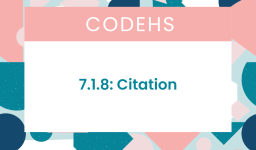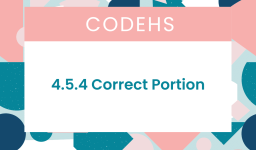The most common answer is:
penup()
backward(200)
pendown()
forward(50)
penup()
forward(50)
pendown()
forward(50)
penup()
forward(50)
pendown()
forward(50)
penup()
forward(50)
pendown()
forward(50)
penup()
forward(50)This code for drawing a shorter dashed line involves manually lifting the pen (penup()) and putting it down (pendown()) to create dashes and spaces. This approach works but is repetitive. You can achieve the same result with less code by using a loop.
Here’s a more concise version using a loop, which is especially helpful if you’re working within a turtle graphics environment like Python’s turtle:
import turtle
# Move the turtle to the starting position
turtle.penup()
turtle.backward(200)
turtle.pendown()
# Draw a shorter dashed line
for _ in range(4): # Number of dashes
turtle.forward(50) # Length of each dash
turtle.penup()
turtle.forward(50) # Length of space between dashes
turtle.pendown()
turtle.done() # To keep the window open until you close it manually
This code moves the turtle to a starting position, then uses a loop to draw four dashes, each followed by a space. The for _ in range(4): loop repeats the drawing and spacing code four times, which simplifies the original approach.
Adjust the range value to change the number of dashes, and modify the forward() values to alter the length of the dashes and spaces.



